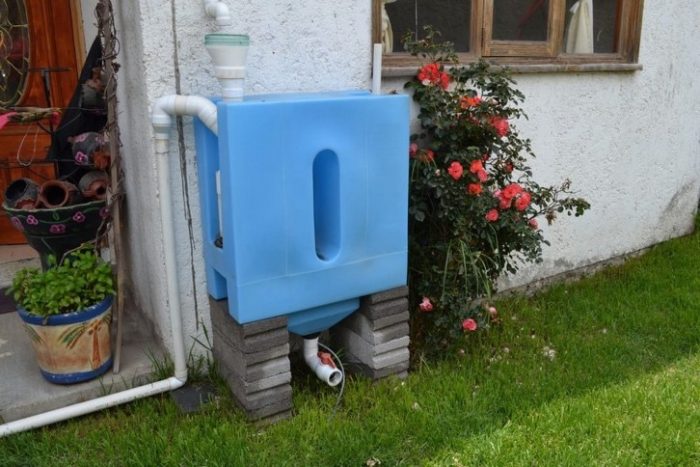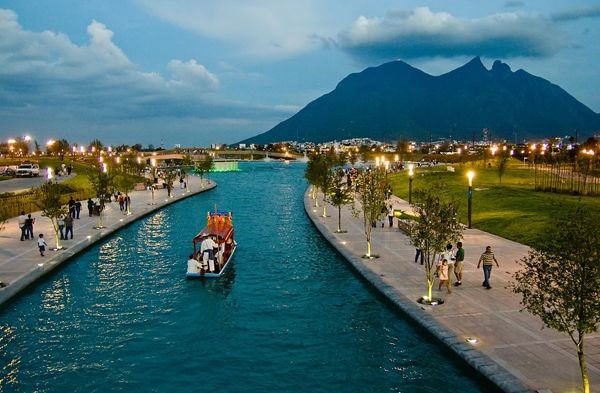This year, World Water Day puts the spotlight on climate change. We must find sustainable water solutions to adapt to the worrying reality of our most valuable resource.
The project City Lab Saltillo is working alongside representatives of all interested groups in Saltillo (Coahuila, Mexico) intending to increase sustainability in the city’s water sector, thus achieving an appropriate adaptation to climate change. In this context, national and international water management initiatives that have had a positive impact were analyzed. In this article, some of the country’s successful efforts are presented.
In Mexico City, the organization Isla Urbana has implemented rainwater collection systems in the most vulnerable parts of the city in terms of water supply. Thanks to this project, around 25,000 inhabitants have benefited and obtained free access to water without being connected to the municipal water system. Despite the low annual precipitation in Saltillo, rainwater collection could bring about the previously described benefits, especially for the Saltillo community that lacks the adequate availability of water.

Another practice in Mexico City that is worthy of mention is related to the restoration and reuse of water. The large quantity of residual water coming from millions of inhabitants is an excellent source of irrigation and lake-filling water – once it’s been treated. This practice allows for a significant reduction in underground water extraction. In Saltillo, the search is still on for ways to increase the reuse of water from the three municipal plants, with irrigation and industry being potential options.

Moving on to another city, Monterrey inaugurated the artificial river Paseo Santa Lucía in 2007, using water from the Santa Lucía springs. It is currently the most populated area of public land in the city, offering pleasant views that integrate urbanism perfectly with nature. In Saltillo, this river system would complement their focus on leveraging their green and blue infrastructure and provide additional water storage capacity. Also, it would contribute to better weather in the city and would encourage the Saltillo population to do more outdoor activities.

The examples mentioned above show just a fraction of the possibilities for increasing the availability, storage capacity, and efficiency in water use as a response to climate change. Particularly, World Water Day incites us to reflect and understand that it is possible – and necessary – to do more. Taking this into account, we will team up with our partners to look for the most adequate and high-impact solutions for the Saltillo Water Sector.

